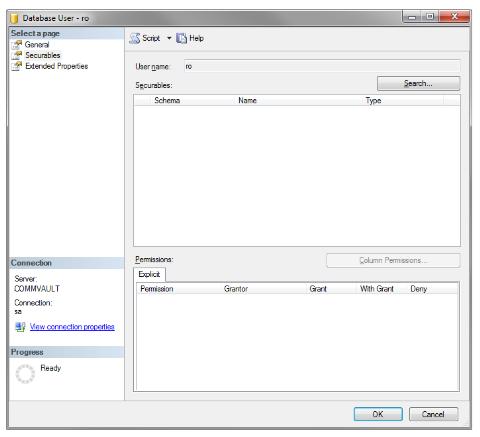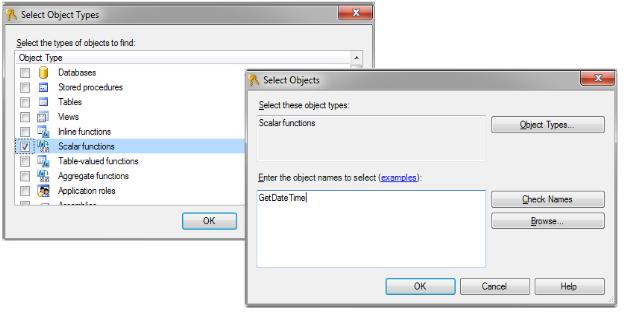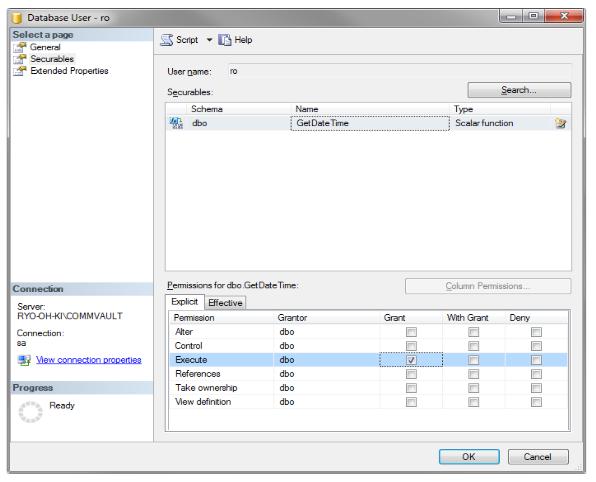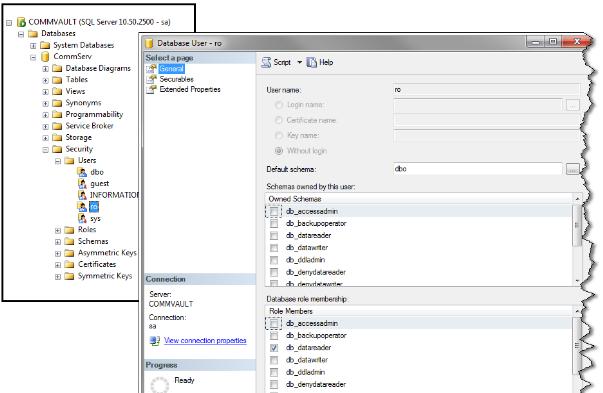Before You Install the Data Collector
In preparation for Data Collector installation, take the steps described in this chapter.
Note: These steps apply only if you are performing an IN-HOUSE installation. If a third-party service provider is hosting your Portal, that is, a HOSTED installation (perhaps for a product evaluation) skip this section and contact your hosting organization’s representative to configure the hosted portal for your Data Collector.
Update the Local Hosts File
1. Add the Portal IP Address to the Local Hosts file on the Data Collector server or on any available client with web-browsing capabilities.
Note: Only edit the local hosts file if a DNS entry hasn’t already been set up in your enterprise to resolve both http://aptareportal.yourdomain.com and http://aptareagent.yourdomain.com to the Portal IP address.
a. Login to the Data Collector server.
b. On a Linux server:
vi /etc/hosts
Add entries for aptareportal.yourdomain.com and aptareagent.yourdomain.com, both resolving to the Portal server IP address.
On a Windows server:
edit C:\Windows\System32\drivers\etc\hosts
Add entries for aptareportal.yourdomain.com and aptareagent.yourdomain.com, both resolving to the Portal server IP address.
2. On the Data Collector server, add entries to the local hosts file, both resolving to the Portal server IP address.
Example:
• 172.16.2.2 aptareportal.<yourdomain>.com
• 172.16.2.3 aptareagent.<yourdomain>.com
Open TCP/IP Access to the CommVault Database
The following steps assume that the CommVault database is installed into an MSSQL server instance named COMMVAULT. Substitute the appropriate instance name as required.
1. Expand SQL Server Network Configuration.
2. Click Protocols for <COMMVAULT.>
3. Double-click TCP/IP.
4. Verify Enabled is set to Yes on the Protocol tab.
5. Scroll to IPAll, and in TCP Port enter 1433 on the IP Addresses tab. If you do not want to use the default MSSQL server port, you can enter another port number.
6. Click OK.
7. Click SQL Server Services.
8. Right-click SQL Server <COMMVAULT> and select Restart.
Set Up a Read-only User in the CommServe Server
There are two methods to set up an optional read-only user in the CommServe database. Choose one.
1. Create a new user and assign the db_datareader role in the CommServ database.
2. Grant EXECUTE permission for the following stored procedures to the new read-only user:
dbo.GetDateTime
dbo.GetUnixTime
dbo.GetJobFailureReason
dbo.JMGetLocalizedMessageFunc
There are two methods for assigning EXECUTE permission.
Option 1: Execute SQL commands in the CommServ database
GRANT EXECUTE ON CommServ.dbo.GetDateTime TO <ro>;
GRANT EXECUTE ON CommServ.dbo.GetUnixTime TO <ro>;
GRANT EXECUTE ON CommServ.dbo.GetJobFailureReason TO <ro>;
GRANT EXECUTE ON CommServ.dbo.JMGetLocalizedMessageFunc TO <ro>;
Note: Replace <ro> with the read-only user.
Option 2: Use MSSQL Management Studio
1. Click Databases>CommServ>Security>Users.
2. Select ro in the Users folder and double-click. The Database User screen is displayed.
3. Select the
Securables page.

4. Click Search.
5. Add specific objects.

6. Check Object Type
Scalar functions and
click
OK.

7. Enter the object name
GetDateTime and click
OK.

8. Grant execute permissions for GetDateTime by clicking Execute. Click OK.
9. Repeat steps 4-8 for each function:
• GetUnixTime
• GetJobFailureReason
• JMGetLocalizedMessageFunc
Load Historical Data Prior to Initial Data Collection
This optional procedure is intended to be used only if you want to load the historical data from a CommServe database. This utility must be run prior to the first data collection. It prompts you for the number of hours to go back in time within the historical data and then configures data collection to capture that data.
To configure data collection to capture historical data, follow these steps.
1. At the command line, go to the database tools directory.
cd <HOME>\database\tools
2. Login to SQL Plus.
sqlplus portal/portal
3. Run the utility that configures the Data Collector to look for historical data. This utility only prompts you to enter hours and then configures data collection accordingly.
SQL> @cmv_update_max_lookback_hours.sql
Enter value for hours: 12
old 1: UPDATE ptl_system_parameter SET param_value = &hours WHERE
param_name='
CMV_MAX_LOOK_BACK_HRS'
new 1: UPDATE ptl_system_parameter SET param_value = 12 WHERE
param_name='CMV_
MAX_LOOK_BACK_HRS'
Commit;
1 row updated.
Commit complete.
4. Exit SQL Plus.
SQL> exit





